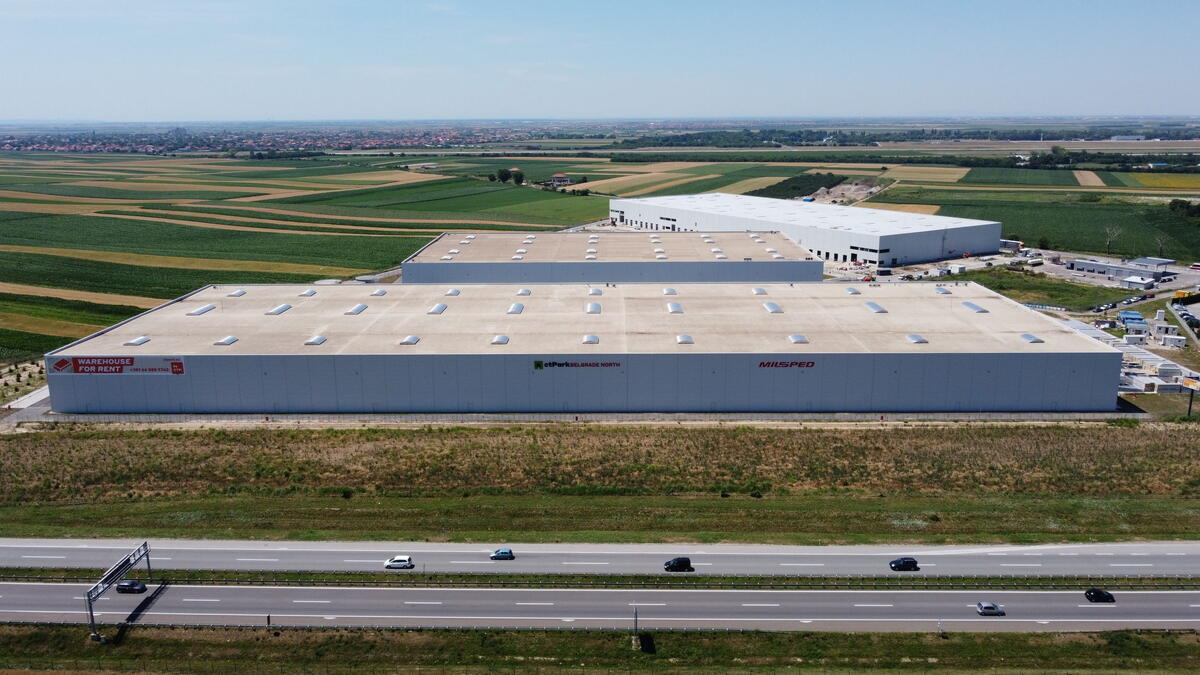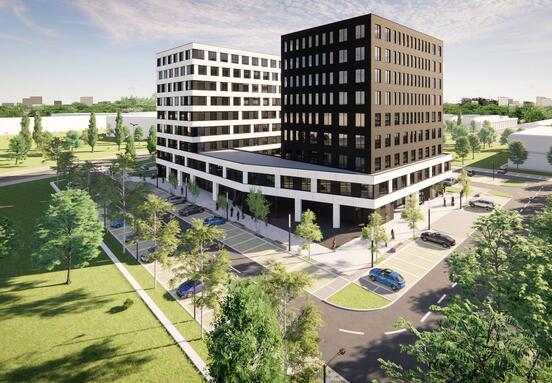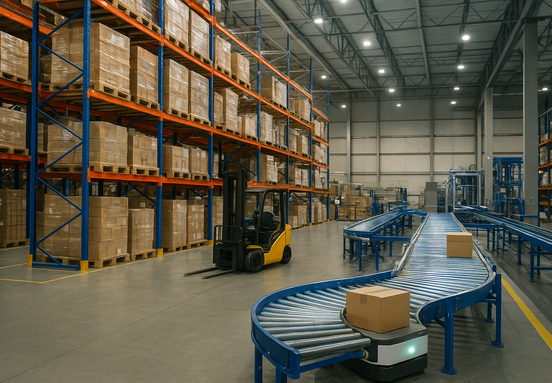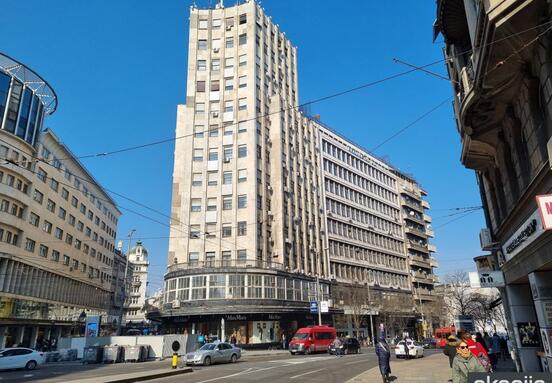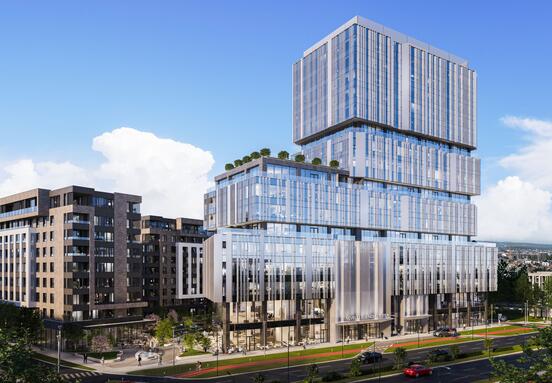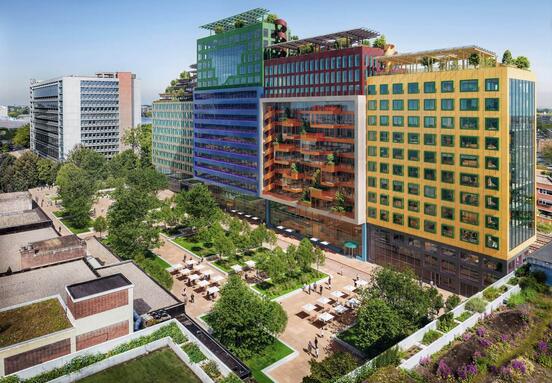CTP Group is aiming to double the size of its pan-European network of business parks to 20 million sqm of GLA by the end of the decade, amid forecasts of continued strong demand for industrial and logistics space across Central and Eastern Europe.
CTP’s growth target supported by new research that shows demand for industrial and logistics real estate space in its Central and Eastern European markets will outperform Western and Southern Europe, as a powerful combination of five factors drives continued growth in the sector.
CTP is Europe’s largest listed developer, owner and operator of industrial and logistics properties by GLA, with a current portfolio of 10.5 million sqm. It has assembled a development landbank of 20 million sqm across its core CEE markets, as well as in Germany, Austria and the Netherlands, where it aims to develop a further 10 million sqm of logistics space through to 2030, generating annual rental income of €1 billion across a 20 million sqm portfolio.
CTP is seeing strong demand for its development pipeline in new locations, alongside expansions at its longstanding CTParks, from existing and new tenants across CTP’s CEE markets, which covers the Czech Republic, Slovakia, Romania, Hungary, Poland, Serbia and Bulgaria, and Western EU markets in Germany, Austria and the Netherlands.
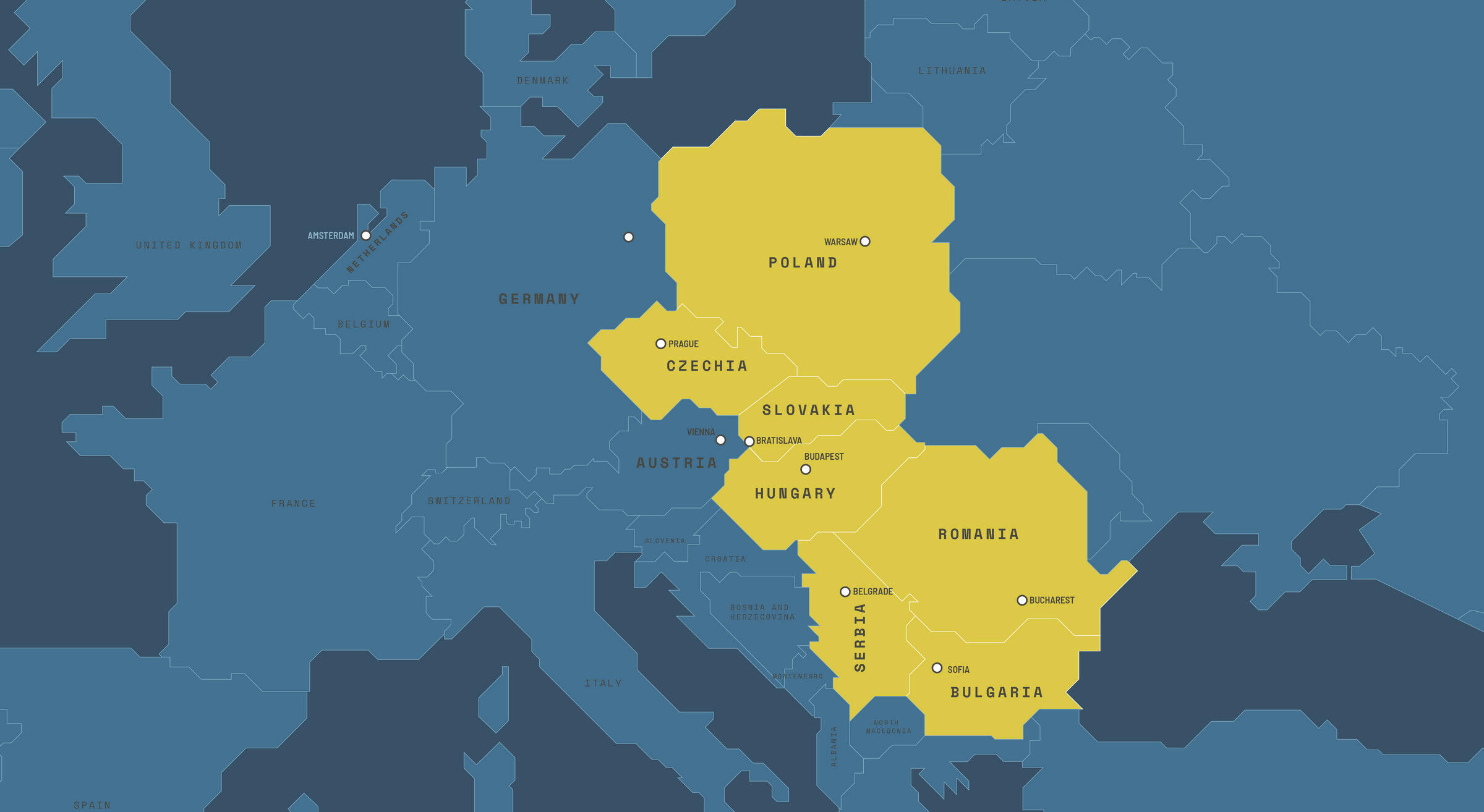
The demand is being driven by a combination of factors, such as the rise of ‘nearshoring’ and ‘friendshoring’; improved infrastructure, a diverse and expanding economy; the accelerating growth in e-commerce from a low base; as well as skilled workforce and strong labour market fundamentals.
CTP’s new research report ‘CEE: A Business-Smart Region’ analyses these diverse factors to identify five key drivers of growth, which will support continued outperformance in demand for industrial and logistics space in CEE to the end of the decade. These are:
1. Skilled human capital
2. Connected markets
3. Diversifying and expanding economies
4. Rising domestic consumption
5. Strong real estate fundamentals
1. Skilled human capital
CEE markets offer skilled workforces at competitive rates, which for the transportation, storage and manufacturing sectors are on average less than one-third of those of Western Europe. The average number of weekly working hours in both the transportation & storage and manufacturing sectors in CEE is above the EU-27 average. Meanwhile, a ‘reverse brain drain’ is increasing the pool of skilled labour, as young professionals return from Western Europe, attracted in part by lower personal tax rates. The 2022 English Proficiency Index of all CEE countries (excluding Serbia) is higher than France, Italy and Spain.
2. Connected markets
Significant infrastructure improvements since the 2000s have ensured the efficient flow of goods within the region and to and from Western Europe, particularly road infrastructure. Infrastructure investment in all the CEE countries, with the exception of Poland, exceeded the EU average from 2015-2020, as a share of GDP. Ongoing investment is improving air connectivity, while the CEE’s major container ports are experiencing rising demand as alternatives to those in the “Hamburg-Le Havre Range”, particularly for routes from the Middle East and China. This improved connectivity is supporting the rise of ‘nearshoring’ and ‘friendshoring’ amid ongoing global geopolitical uncertainty and economic turbulence.
3. Diversifying and expanding economies
The CEE region has shown strong economic resilience, with the real GDP growth outperforming Western European markets and the whole of Europe. CEE GDP growth is forecast to grow twice as fast as the eurozone average between 2023-2026. A strong manufacturing base coupled with growing knowledge and innovation sectors, as well as CEE’s skilled labour market and proximity to Western Europe, means the region is fast becoming a ‘nearshoring’ hotspot, driving further demand for industrial and logistics space.
4. Rising domestic consumption
Fuelled by economic expansion, domestic consumption in CEE has grown by almost 50% since 2010, more than double the rate of the EU-27 average, with the rise in spending power driving growth in e-commerce, which has lagged behind Western Europe but is now catching up. Total CEE online sales are projected to expand by around €25 billion by 2026, equating to a growth in e-commerce warehouse space of 2.8 million sqm in GLA over the same period, almost equivalent to the total market stock of Budapest or Bucharest today.
5. Strong real estate fundamentals
Net absorption rates (change of occupied stock) in CEE have outperformed Western and Southern European countries and this is expected to continue over the next five years. Market vacancy is below the three-year average in all CEE countries (with the exception of Budapest, Hungary) and is expected to remain close to historic lows, contributing to rental growth. While the overall quality of stock in CEE is high, given the market only emerged in the 2000s, supply of Grade A stock is limited, creating structural demand and a strong driver for further development of logistics space.
Source: CTP.eu
